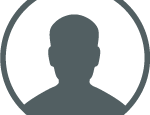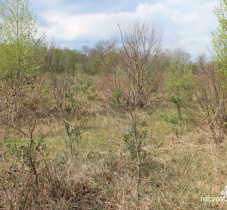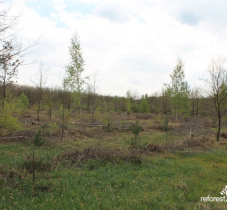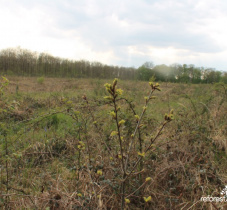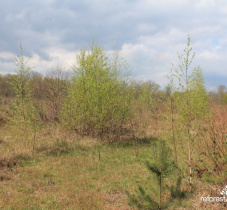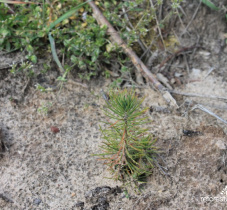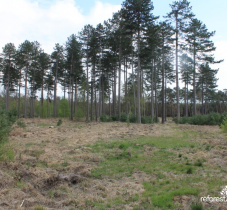Project description
Reforest'Action and the Institut de France invite you to participate in the restoration of the Chantilly forest in the Oise department!
The project at a glance
- Number of trees: 275,210 (243,450 trees to be protected and 31,760 trees to be planted)
- Planting area: about 200 hectares
- Species protected and planted: chestnut, sessile oak, beech, basswood, cherry, maritime pine, black ash, Scots pine, birch, hornbeam
- Project type: support for natural regeneration and stand restoration
- Planting period: November 2020-2025
- Certification: PEFC
Context
The domaine de Chantilly, which welcomes nearly 400,000 visitors every year, includes a massive forest that covers more than 6,000 hectares and extends beyond the borders of the Oise department. Unfortunately, over the last 30 years, the massif has been dying, weakened by successive heat waves. Most of the oaks, which compose the majority of the stand, have withered. Lately, cockchafer larvae have appeared, causing serious damage on most of the stand’s tree roots. Moreover, because of the presence of game, young seedlings struggle to regenerate, putting the future of the forest at risk.
In order to restore the forest, massive silvicultural operations are undertaken to support the forest’s natural regeneration. Each year, tens of thousands of trees will be introduced to ensure the renewal of the forest ecosystem. A variety of species adapted to the region's climatic conditions will be planted in order for a sustainable and resilient forest to emerge. To protect the trees from deers, roe deers and wild boars, fences are also installed. Thanks to the project, the Chantilly forest will grow stronger and continue to fulfil its envrionemental, landscape, social and economic functions.


